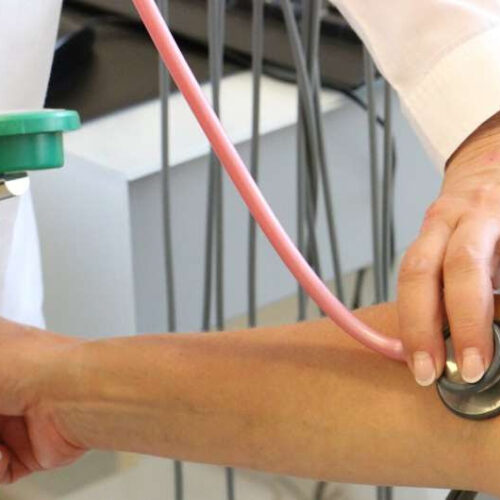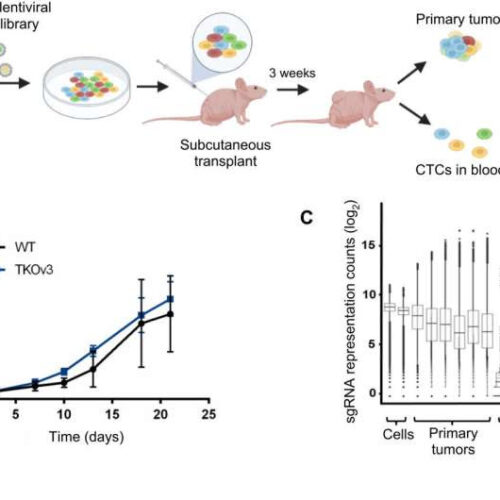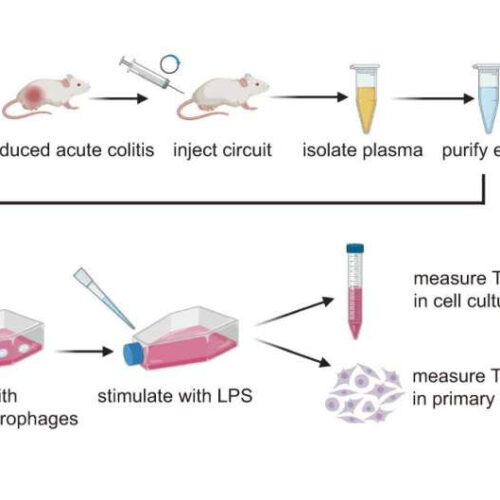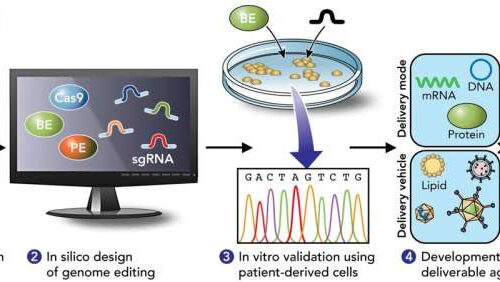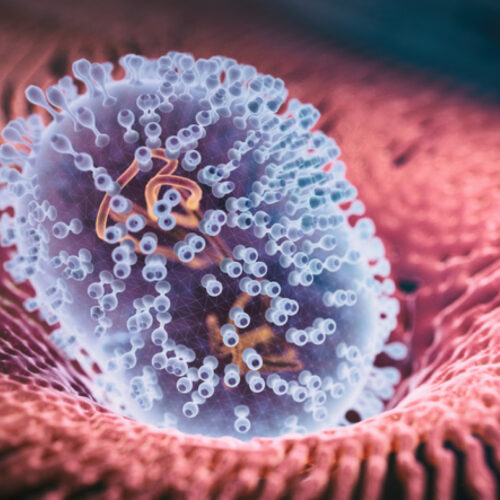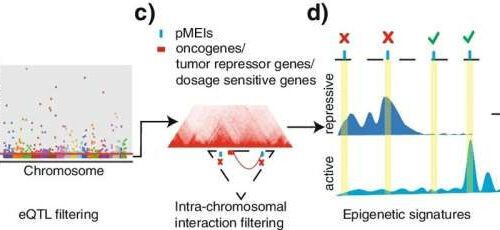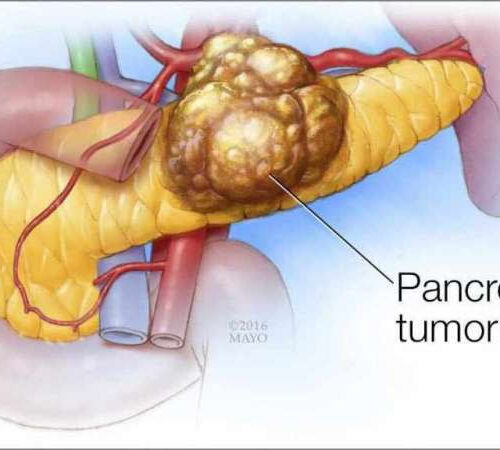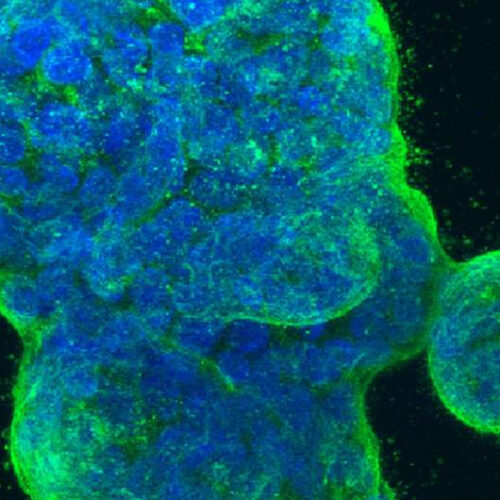by University of Pittsburgh Credit: Pixabay/CC0 Public Domain The kidneys are often the unsung heroes in maintaining healthy blood pressure, filtering 180 liters of fluid and a pound of salt every day to keep levels in check. But new research by University of Pittsburgh geneticists and nephrologists shows that, surprisingly, a cellular channel outside the...
Category: <span>Genetics</span>
Gene loss enhances metastasis and cancer progression
by Melissa Rohman, Northwestern University An in vivo genome-wide CRISPR-Cas9 KO screen identifying CTC-promoting genetic factors. (A) Experimental design of the genome-wide CRISPR-Cas9 KO screen focused on CTCs. (B) Primary tumor growth curves of the immunocompromised mice subcutaneously transplanted with either the TKOv3-transduced PC-3M cells or the control cells (n = 3 for each group)....
In vivo self-assembled siRNA as a modality for combination therapy of ulcerative colitis
by Nanjing University School of Life Sciences Evaluation of the activity of TNF-α siRNA-encapsulating sEVs in an ex vivo model. a Schematic of the experimental design. Acute UC was induced in male BALB/c mice by replacing their drinking water with a 2.5% DSS solution for 7 days. DSS mice were intravenously injected with 5 mg/kg CMV-scrR...
Myotonic dystrophy: Mouse model shows that GABA receptors are implicated in sleepiness
by Emory University Credit: Unsplash/CC0 Public Domain People with the inherited disorder myotonic dystrophy (DM) often experience excessive daytime sleepiness and fatigue, as well as altered responses to anesthetics that can put them at risk for complications when hospitalized. Emory researchers, in collaboration with colleagues at Columbia and University of Florida, now have evidence from...
New study shows transmission of epigenetic memory across multiple generations
UNIVERSITY OF CALIFORNIA – SANTA CRUZ IMAGE: IN A STUDY OF EPIGENETIC INHERITANCE, RESEARCHERS CREATED EMBRYOS OF THE WORM C. ELEGANS THAT INHERITED EGG CHROMOSOMES PROPERLY PACKAGED WITH THE EPIGENETIC MARK H3K27ME3 AND SPERM CHROMOSOMES LACKING THE MARK. THE ONE-CELL EMBRYO ON THE LEFT INHERITED THE PINK CHROMOSOMES FROM THE EGG AND THE GREEN CHROMOSOMES...
New report illustrates potential of precision genome editing in treating inherited retinal diseases
by University of California, Irvine Schematic representation of precision genome editing in treating inherited retinal diseases. Credit: PNAS In a new paper, University of California, Irvine researchers explain how precision genome editing agents have enabled precise gene correction and disease rescue in inherited retinal diseases (IRDs). The study, titled, “Precision genome editing in the eye,” was...
New genetically engineered herpes virus kills cancer cells
A genetically modified version of the herpes virus has shown great potential in treating advanced cancers, according to a report by the Institute of Cancer Research in London published on Thursday. A promising therapy Although the treatment is still in early trials, researchers have found that RP2, a modified version of the herpes simplex virus,...
Research team finds new way to identify ‘safe harbor’ for gene therapies
by St. Jude Children’s Research Hospital A schematic representation of the overall genomic safe harbor identification strategy. a Selection of common pMEIs from healthy individuals with AF > 0.1. b Removing pMEIs significantly associated with gene expression (FDR less than 0.1 in eQTL mapping). c Removing pMEIs showing spatial proximity with oncogenes, tumor suppressor genes,...
Researchers identify potential gene marker for treating pancreatic cancer
by Joe Dangor, Mayo Clinic Credit: Mayo Clinic Researchers at Mayo Clinic Comprehensive Cancer Center have identified a gene marker that may lead to a more effective, precision treatment for pancreatic ductal adenocarcinoma (PDAC). The researcher’s findings are published in Nature Cancer. “Pancreatic ductal adenocarcinoma is one of the most lethal cancers,” says the paper’s senior...
Keeping aggressive cancer cells in check by blocking a protein responsible for repairs
by Catarina Pietschmann, Max Delbrück Center for Molecular Medicine Three-dimensional culture of human breast cancer cells, with DNA stained blue and a protein in the cell surface membrane stained green. Credit: NCI Center for Cancer Research, National Cancer Institute, National Institutes of Health Every cell has two mechanisms for repairing DNA single- or double-strand breaks, which...

